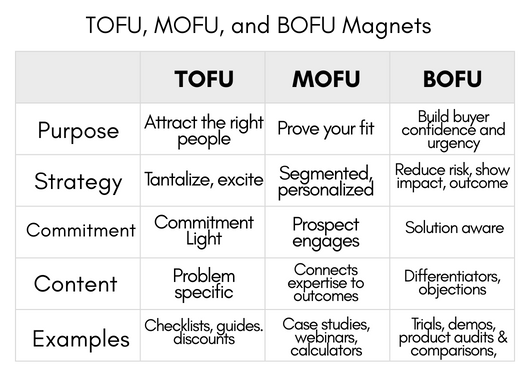How many times has someone asked us for a referral and we respond with “Yeah, I know someone. Let me see if I can find their contact information and get back to you.” More often than not, we forget about the request and never look for the contact information.
As business owners and salespeople, we are always asking for referrals, because we know referrals are already trusted by business and industry colleagues. At the same time, we are more than willing to give referrals to help other businesspeople succeed. In this article, we explore how you can be a better referral partner to get more qualified leads.
Let’s paint a picture of a B2B real estate company that works with businesses. The company’s agents help facilitate the sale and/or lease of commercial property. At any given time, the real estate agents either work directly with or cross paths with professionals in other industries including lawyers, architects, insurance agents, and tradespeople.
Because they have contacts in many different industries that interact with clients, their clients often ask for referrals. As referral requests increased, the agents begin to feel overwhelmed. They did not have the contact information at their fingertips and they forgot to follow up. Each agent had its own referrals and operated in a silo.
Either way, the real estate company started to get a reputation for not following up. The leadership of the real estate company decided to use their CRM as a central hub for referral information so they could become a better referral partner. They realized when they made referrals to other professionals, those people would be likely to make referrals to the real estate agents at the company.
How did they use their CRM for referrals?
Use the CRM to create a business referrals category
The real estate company added a new category for business referrals. They met with each agent and collected their referrals. As they added in the names of businesses into the new category, they tagged each business with an industry title. For instance, they added Joe’s 24/7 AC Repair Service with name, phone number, and email, where they met, and then tagged the company with HVAC. Once this was done, they showed the agents how to pull referrals within their CRM and instructed them to add new business referrals as needed.
Use the CRM to make introductions
As their clients asked for referrals, the agents were able to look up a referral by industry in their CRM and send an introductory email through the CRM. For example, an agent has a client who signed a lease for an office space. The client would like to remodel the space to enhance productivity, so they asked the agent if they could refer an office space planner. The agent did in fact have an architecture firm and made the recommendation. Through the CRM, they sent an introduction that went to the client and the referred architect.
Use the CRM to communicate with business referrals
The real estate company wanted to communicate to the list of businesses that the businesses are on the Companies referral list. They created a segmented list and sent an email explaining their referral list and asked the businesses to provide a primary point of contact, phone, and email.
They also followed up with referrals they have given using automation to send personalized emails asking for feedback 15 days after the referral was made. This helped them track referrals, stay in touch with their clients, and be front of mind to their referral partners.
Use the CRM to track referrals received and given
Because there is a category in the CRM for business referrals, the real estate company is able to track business referral activity. Here are a few ways they track their business referrals to make better business decisions:
- Where did they meet their top business referrals?
- How can they get involved with a business referral to receive more qualified leads?
- Which business referrals followed through with their introduction?
- What patterns did they see between client industries (retail, nonprofit,) and business referrals (legal, furnishing, insurance,)?
- Is there an industry that clients are requesting but do not have a business to refer to?
Conclusion
The real estate company turned its reputation around after using its CRM for business referrals. At the same time, they began to receive quality leads from the business referrals as most businesspeople understand the two-way nature of referrals The CRM helped them to stay on top of referral requests and reduced Follow Up Fatigue.
Business referral management is just one of many ways a business can use a CRM to sell more with less effort. Schedule a demo of X2CRM, and learn how X2 can help you reach your business goals, build a strong referral program, and reduce Follow Up Fatigue.






